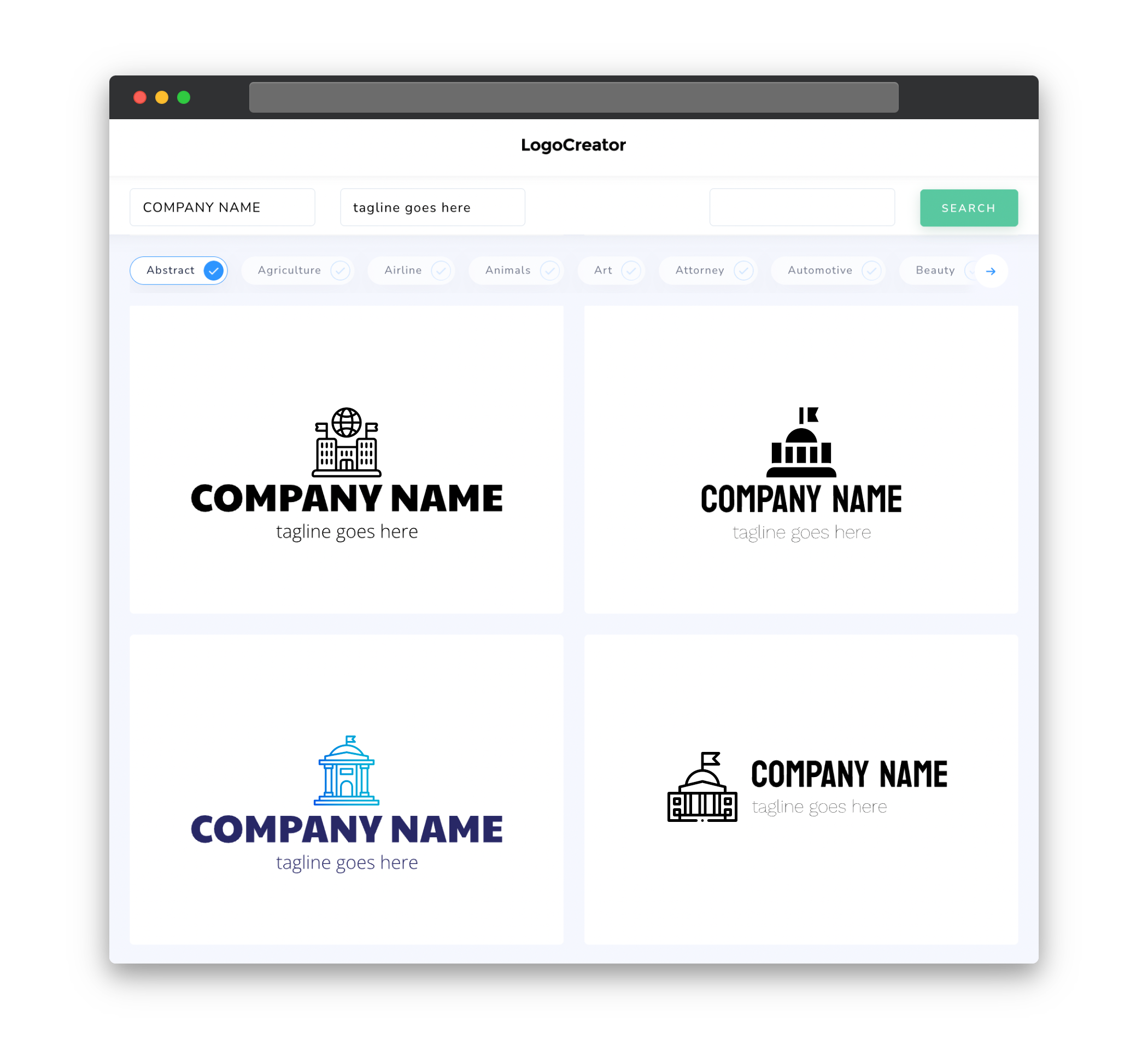Audience
When it comes to creating an embassy logo, it is important to consider your target audience. Your logo should reflect the values and identity of your embassy while also resonating with your intended audience. Whether you are representing a specific country or a diplomatic mission, your logo should be designed to appeal to a variety of individuals, including citizens, tourists, and officials. By understanding your audience, you can ensure that your logo effectively communicates the message you want to convey.
Icons
Choosing the right icons for your embassy logo is crucial in communicating its purpose and message. Icons can represent various aspects of your embassy, such as cultural heritage, diplomatic relations, or national symbols. For example, you may choose to incorporate national flags, landmarks, or cultural motifs in your logo design. These icons not only add visual interest but also help to establish a connection with your target audience. By selecting icons that are meaningful and relevant, you can create a logo that stands out and effectively represents your embassy’s identity.
Color
Color plays a significant role in logo design as it can evoke emotions and convey meaning. When creating an embassy logo, it is important to choose colors that are representative of your embassy’s values, culture, and heritage. National flag colors or colors associated with diplomatic relations can be incorporated into your logo to signify your embassy’s identity. Additionally, consider the psychological effects of different colors. Blue, for example, is often associated with trust and reliability, making it a popular choice for diplomatic logos. By carefully selecting and combining colors, you can create a logo that visually represents your embassy in a powerful and meaningful way.
Fonts
The choice of fonts for your embassy logo is crucial in conveying professionalism, authority, and elegance. Fonts can greatly influence how your logo is perceived and can be used to reflect the diplomatic nature of your embassy. Serif fonts, for instance, are often seen as more formal and traditional, while sans-serif fonts can convey a modern and clean image. It is important to strike the right balance between readability and aesthetics when selecting fonts for your logo. By choosing fonts that align with your embassy’s values and communicate the desired message, you can create a logo that exudes credibility and sophistication.
Layout
The layout of your embassy logo should be organized, balanced, and visually appealing. Consider the different elements that make up your logo, such as icons, text, and any additional graphics or symbols. It is important to find a layout that allows each element to harmoniously coexist, without overwhelming or cluttering the design. A well-balanced logo draws the viewer’s attention and makes a lasting impression. By experimenting with different layouts, you can find the perfect arrangement that best represents your embassy’s identity and resonates with your target audience.
Usage
An embassy logo should be versatile and adaptable to different mediums and applications. Whether it is used on official documents, signage, websites, or social media, your logo should maintain its integrity and readability. Consider creating variations of your logo, such as simplified versions for small applications or alternative versions for use on different backgrounds. By ensuring that your logo is usable in a range of situations, you can effectively strengthen your embassy’s brand presence and create a cohesive visual identity.



